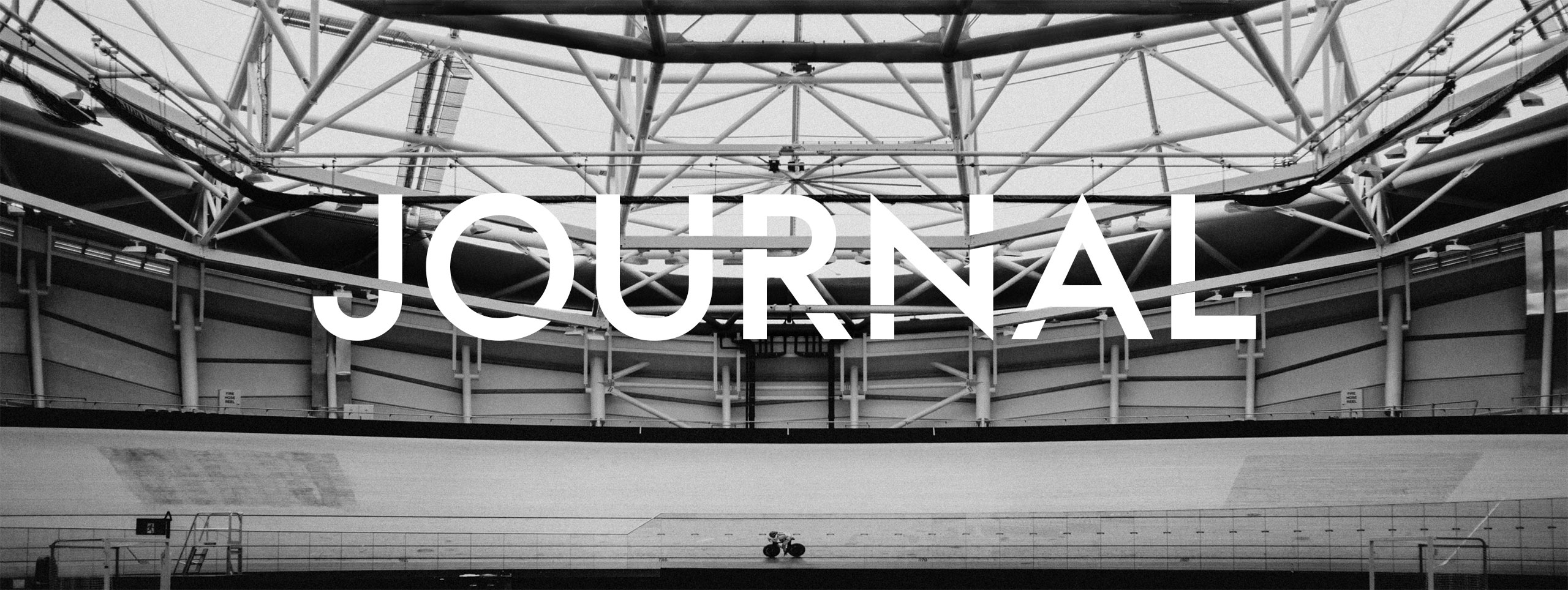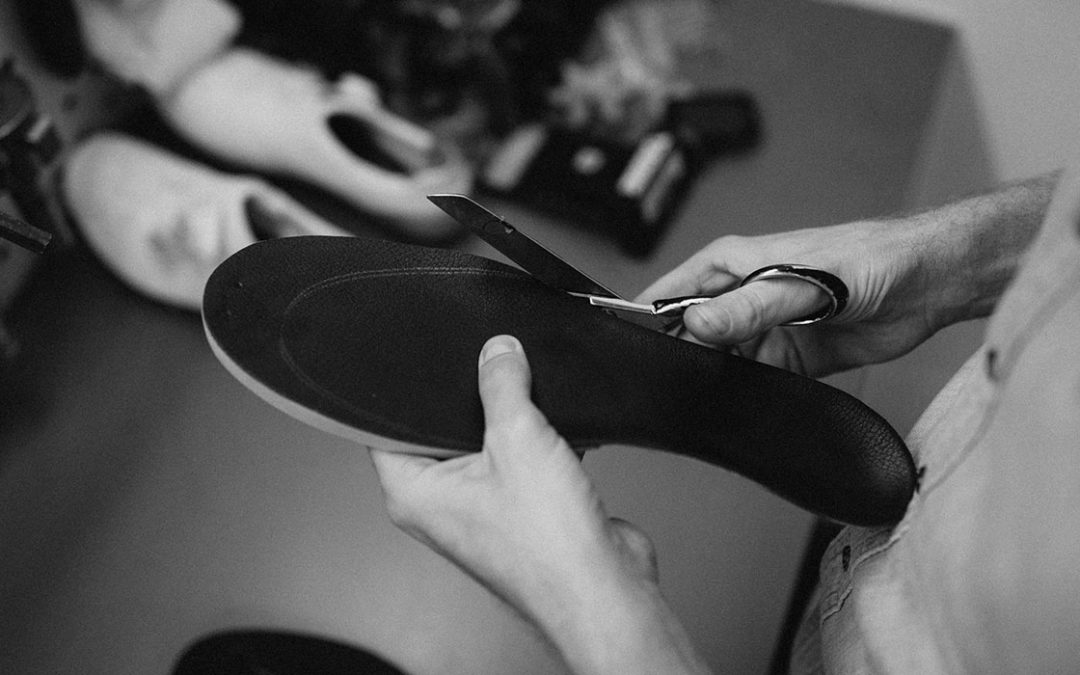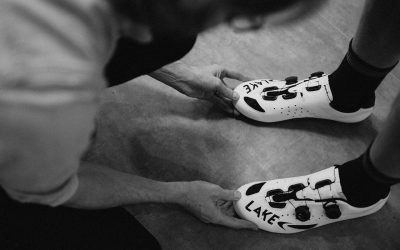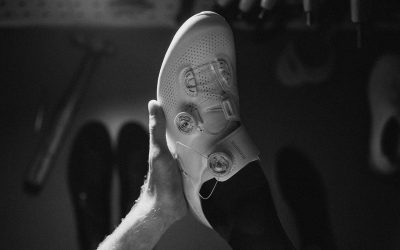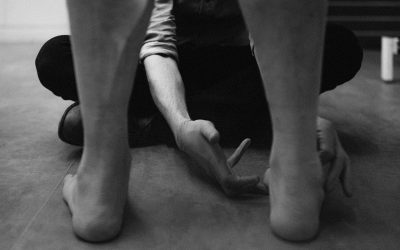Cycling and skiing are expensive, technical sports. There’s new and “more advanced” kit each year and whilst you don’t generally need to upgrade your kit at the same rate, it’s hard to look past some of it sitting in your “Wish List”. What if I told you, that after spending £400+ on high tech ski-boots, you still needed an insole and potentially a foam injected liner to get the most out of them though? Well, it’s totally true. A boot can have all the features but the more your foot moves within the boot itself, the less benefits you’re getting from the those you’ve paid for. Fortunately, cycling shoes don’t require foam injected uppers (yet) but for those that want to squeeze every percentage of power and control out of each cycling shoe, the first place to start is with some form of arch support within the shoe. Given there are so many variations on the market though, which one is right for you?
Firstly, I think it’s important to have a clear picture of what I consider to be an insole and likewise, what I consider to be a foot orthotic and those in between.
- Shoe insoles are the generic piece of fabric that line the base of every shoe. Almost all are approximately 3mm of open-celled foam, have a nice printed design on top and in some cases, come with a small foam wedge to attach to the underside of the arch for added comfort. It’s comfortable to stand on and a perfect fit to the shoe but that’s where the “benefits” tend to stop.
- Footbeds or Arch Supports are non-prescription. This is an incredibly broad category because I include everything from prefabricated supports like Specialized’s Body Geometry footbeds and Solestar’s complete range to the heat mouldable footbeds from Sidas. Of course, there are varying amounts of control and adaptability within each of these products, but the additions could only be considered as customisable and not prescriptive. And lastly,
- Foot Orthotics – These are prescription based. They are specifically tailored to the rider’s foot and body type, the riders goals and their biomechanical requirements. However, as there is no set recipe and each Podiatrist’s approach to treatment will vary, so too can their orthotics quality, design and ultimately, their effectiveness between practitioners.
Cycling is unlike walking and running and the reality is that everyone will benefit even in the smallest of amounts by having something within their shoes. In theory, the more specific that something is, the more it benefits the rider. It’s important to keep in mind that there are riders in the population with decent foot types already (albeit much less than those without), so not everyone will “benefit” to the same amount. Take me for example, my foot posture is fairly neutral and doesn’t deviate greatly from the sagittal plane, I’ve never had to trim any hard skin off the bottom of my forefoot (read more about what this means here), and the most I’ve ever had to deal with has been a little forefoot numbness in my earlier riding years in difficult conditions. What I take away from wearing my Mík.Fit Cycling Orthotics, is an comfortable ride, knowing that my foot is locked in its most functional position and arguably, the rigidity of the carbon-fibre donates further to the stiffness of the shoe.
The first question to ask yourself is “what is it you are trying to achieve?”. If you’re simply after more contact under the arch, then a prefabricated footbed is probably going to be quite effective because the overall goal is very non-specific. If on the other hand you’re experiencing a specific localised pain for example, it’s probably unrealistic to think that a footbed that is designed to suit every foot type (yet none specifically) are going to fix any particular issue.
Years ago, when I first started working in ski shops, I was required to use a particular heat mouldable footbed for all of their clients. I quickly realised just how practical it was for the client leave their initial session with the final product in-hand. What I slowly learnt to understand with time, was when those mouldable footbeds were going to really help the client achieve their goals. More importantly however, I was able to identify when they weren’t.
Any material that can be heated and moulded that quickly into shape is going to have some limitations, particularly in terms of its rigidity & its durability. If a footbed has flex, the rider is going to control the footbed when weight-bearing. How then, can that footbed change the rider’s movement if it’s constantly compressing under load? There’s a common misconception that rigid orthotics are uncomfortable. On the contrary, they could be made from lead and yet still be perfectly comfortable as they are made to the shape of each individual foot alongside the biomechanical “corrections”. They would however, be far too heavy and have no shock absorption but the principles are still the same. A “well-made” rigid orthotic shell should not just be comfortable and have a long cycling life, but also ensure that the orthotic is going to control the foot and not the other way around.
Every rider has a different goal. When I work with track cyclists, the primary objective is locking the foot in its most powerful position within the most rigid, vacuum-packed shoe. When I work with Para-Olympic road cyclists, that rider’s primary objective could be symmetry, balance and comfort because when this athlete is more symmetrical and connected, their co-ordination and results improve accordingly. Finally, when I work with Grand Tour riders, the primary objective is to put them in their most balanced and comfortable position. When their feet are completely stable, they feel more connected to the bike which means a quicker response, yet their feet can still breathe and swell if required after multiple days in the saddle.
In short, if the rider wants specificity, we’re more likely to achieve this is the device is designed specifically to meet that rider’s particular needs.
Shoe Fitting 101: How to Choose the Best Fitting Cycling Shoes
During my time at university, I went off and did the job that my lecturers suggested I do. I sold shoes in a running shop for my four years at uni and I loved it. I was always inspired by footwear design and for a while, that was where I thought my…
Does Size… I mean “Does the last matter?”
Yes. If you’re uncertain of what a last is, you’ve probably seen one before in a shoe shop window or at an antique fair but it’s the wooden insert that a shoe is traditionally built around. With the current tech of 3D printing, lasts are most often made…
Fitting the Foot First
When I was at university, I can’t ever recall discussing cycling or any other “fixed foot” sports when it came to foot function. As you can then imagine, I felt totally in the dark when I first started working as a Ski Podiatrist for one of the UK’s…
